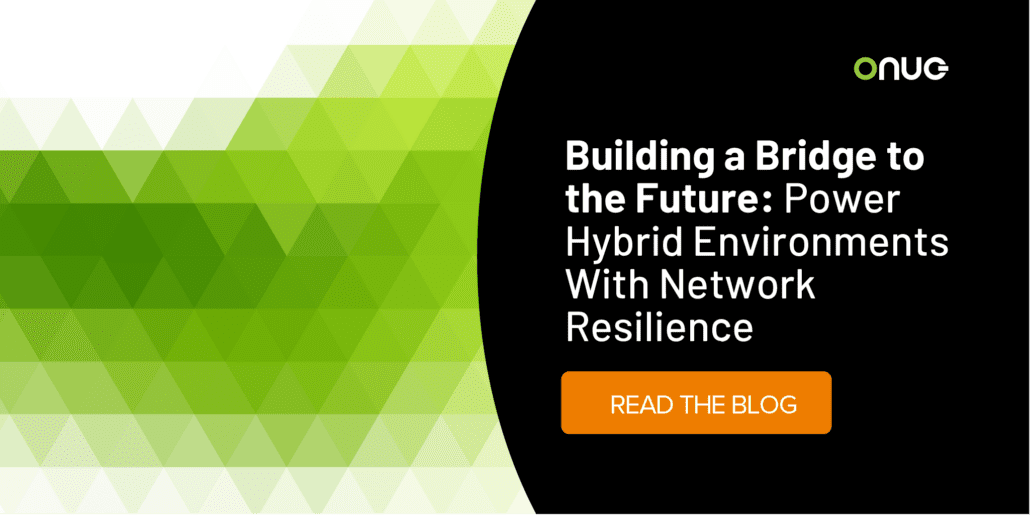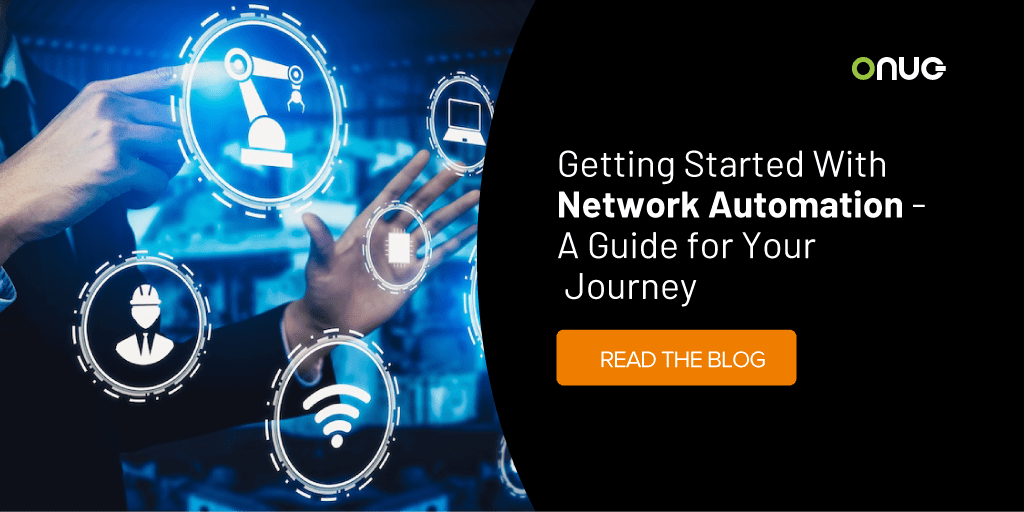Building a Bridge to the Future: Power Hybrid Environments with Network Resilience
The pandemic ushered in a new era, one where technology has created flexibility for organizations, employees, and customers. These technological advancements provide endless possibilities for all parties – increased productivity, improved customer experience, maximized service, and minimized costs. Ensuring that these experiences exceed expectations, enterprises have become increasingly reliant on their network – a resilient network. Travel restrictions and lockdowns spurred by the pandemic were two of the main catalysts of this new, hybrid, digital age. One where products can be bought anywhere, solutions can…
A Cloud Guru: 4 ways to converge networks and cloud
It’s a challenge for most organizations to find the best ways to build environments that bridge their legacy and newer hybrid or multi-cloud networks. Whether it’s competitive pressure, time to market, innovation, or the demand for remote work, organizations now have pressing strategic business reasons to shift to the cloud. But research has shown that the gulf between network and cloud teams can be one of the biggest inhibitors to cloud adoption success. Recently, A Cloud Guru’s Drew Firment sat down with Padraig O’Connor, a Cloud Center of Excellence (CCoE)…
Getting Started with Network Automation – A Guide for Your Journey
Beginning your Network Automation journey can seem like an overwhelming task. We often hear questions from our clients, such as, “Where do I even begin?” or “How can I ensure that I am building a platform the right way from the start?” All great questions. However, journey is the key word when it comes to automating your network. This blog post will detail some of the key findings I’ve discovered leading business development efforts at Network to Code and how our customers are successfully implementing…
Prepare your WAN and network security architecture for a hybrid work future
Corporate networks have evolved over the years around the notion of physical spaces — offices, retail stores, factory floors, production studios, and data centers. We predominantly used client-server applications, with the server-side hosted in private data centers, and the client-side running on desktop and laptop computers at physical office locations. We accommodated remote users, business travelers, and the occasional home-based employees using the dreaded three-letter acronym — VPN. VPNs were deemed a necessary evil, both by the end-users who tolerated the clunky user experience and…






